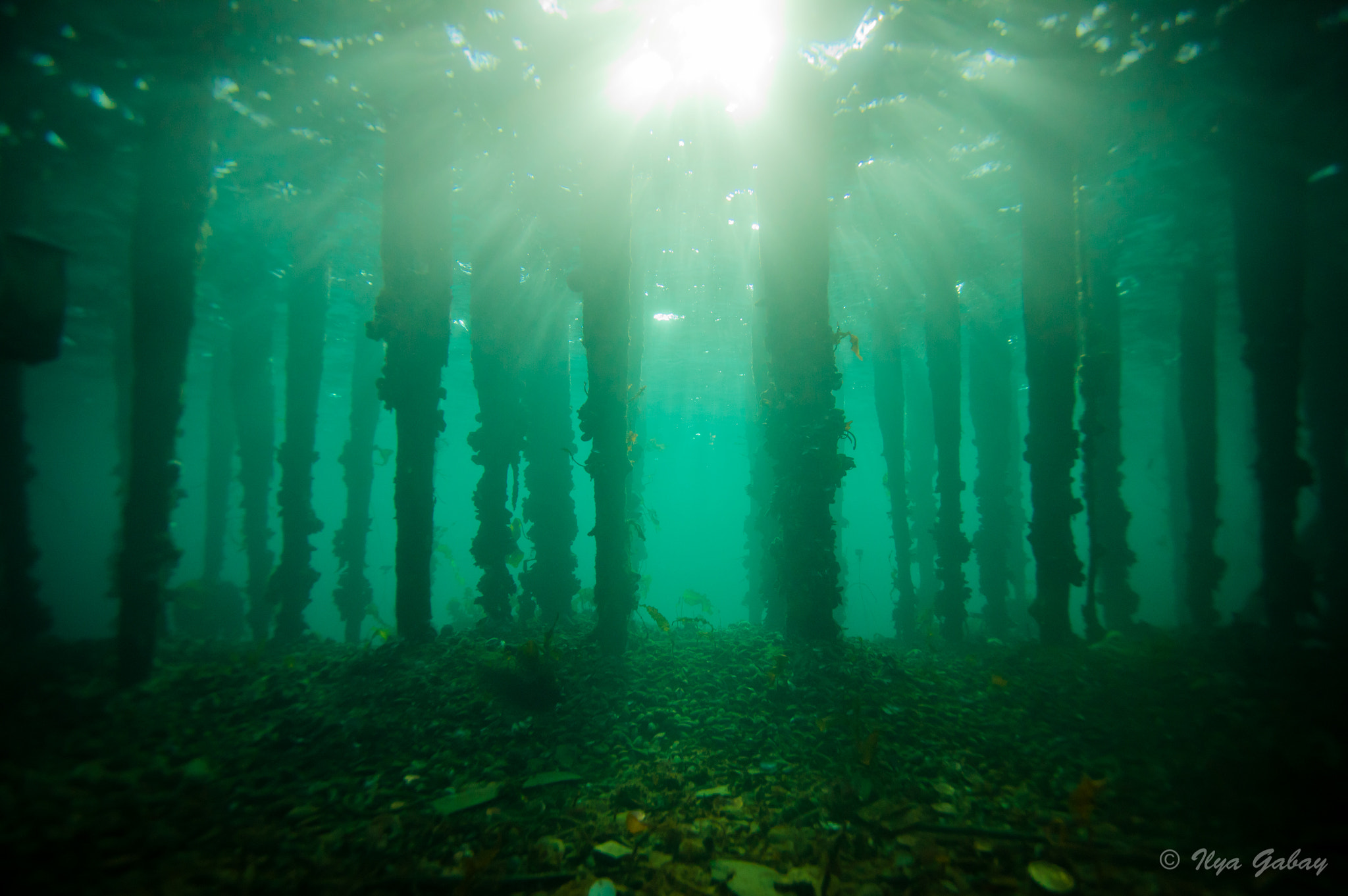Welcome to the world of AI-generated artwork. Aren’t we all enamored by the alluring complexity, the burst of creativity, and the perplexing novelty of AI-created masterpieces? But, amidst this fascination and magic, have you ever wondered who actually owns the copyrights for this sort of art? Is it the developer who designed the AI system? Or, intriguingly, could the artwork be in the public domain from the moment of creation? Well, as it turns out, the answers aren’t as straightforward as we expect.
The Conundrum Begins: Pinpointing the Artist
When it comes to defining the ‘artist’ in the context of AI-generated artwork, things get complex. Typically, copyright law affords protection to works on the basis of authorship—essentially tying works to human creators. But with AI? That’s a whole different ball game. The AI system, irresistible as it may be with its complex algorithms shaping abstract art, lacks the legal recognition of ‘personhood’.
Who is Holding the Brush? Is it still the Human?
True, the AI software is coded by a human. But consider this—it’s the AI system that’s creating the unique combinations of pixels, and being a tireless generator of potential masterpieces, it can easily surpass the human ability for creativity. This synergy blurs the traditional line in identifying authorship and becomes the first blind spot in establishing rights.
Autorship and The Art of Animating Algorithms
Programming isn’t merely branching logic; it’s an art. It’s all about animating algorithms, weaving magic into the matrix of codes, and giving life to dull data. Programmers imprint their ideas into the digital realm and coax the artificial intelligence to create art. The question is, can the program be considered an ‘extension’ of the programmer’s creativity? Or is the AI now an independent entity breathing life into art?
Can we tie the Copyright Knot without an Author?
If we choose to ignore the role played by the human or the AI system, does the artwork then belong to the public domain? Not necessarily. Current copyright regulations leave a gaping hole in accommodating AI-produced art, but it would be naive to consider this as an immediate gateway to the public domain.
Crafting The Path Forward
How do we solve the puzzle? We might need new laws and guidelines—not to fit square pegs into round holes, but to create novel shapes that can accommodate the influx of AI creativity. We are in uncharted territory—from AI algorithms playing god to inanimate codes churning up impressionistic art. The solution lies not merely in embracing this revolution but in changing ourselves and adapting our legal structures to accommodate this unprecedented wave of non-human creativity.
What could be our Next Step?
While we continue to debate and deliberate on the AI ownership conundrum, another school of thought is seemingly taking form. We might soon witness a paradigm shift where we no longer strictly assign a single creator to a work of art. Perhaps it’s time to retire our rigid notions of sole ownership and open ourselves up to shared, fluid, and evolving notions of creative acumen.
Final Thoughts: A Brave New World?
Are we on the cusp of a revolution that might change our perception of art and ownership? Can we witness a world where a machine’s labor of love is recognized and protected? We know this, the horizon of AI art might be far-stretched and wide, but it is anything but mundane.

